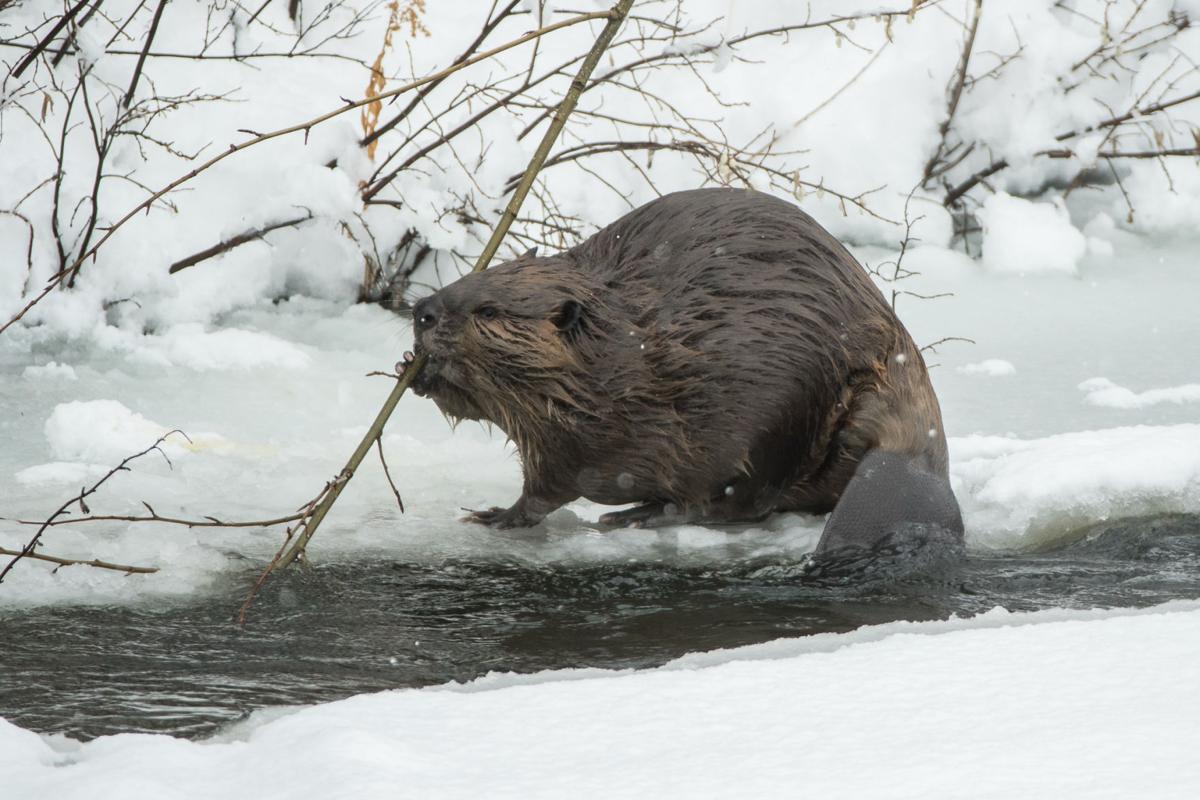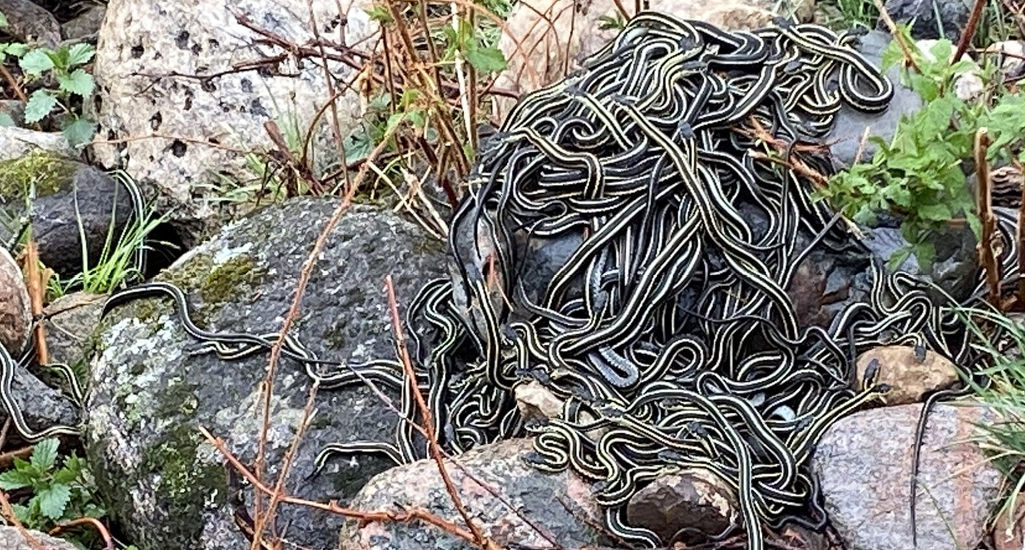Which Iowa Winter Animal are You?
By Naturalist Raina Genaw
With the onset of chilly winter weather, how does wildlife survive? Read on for more information, or take our interactive quiz below to discover which Winter Iowa animal you are!
1. Safety in Numbers
Most animals form foraging groups, which are groups that travel and search for food together. Foraging groups help animals find food easier and safer, as there are more eyes to search for food and predators. Since most animals aren't breeding or raising young in the winter, they tend to worry less about keeping their territories to themselves and more about staying warm, well-fed, and alive. Additionally, animals in groups may be able to huddle together for warmth to avoid freezing during cold winter nights.

2. Maximum Fluffiness
When it's cold outside, most of us want nothing more than to curl up under a soft, warm blanket. While most animals don't have blankets, they do have feathers or fur. Foxes, coyotes, deer, and other furry creatures get a thicker fur coat during winter, which protects them from wind, snow, and cold. In contrast, birds tend to fluff their feathers up around themselves on cold days, forming a pocket of warm air right next to their skin. At times, this may give them a round, orb-like appearance.

3. Winter Styles
While you may style your winter look to stand out from the crowd, most Iowa animals style themselves to blend in better. As the landscape changes from lush, green leaves to colorless white snow, animals follow suit. One remarkable example of this can be found in Iowa's weasels. All Iowa weasels change their fur color from chestnut brown in summer to icy white in winter. This helps them hide from hungry hawks and sneak up on unsuspecting birds and mice to catch a meal.

4. Cuddle Time!
With so little sun, the most effective way to gain heat in winter is from cuddling! Birds huddle together for warmth, deer sleep in groups, and beavers stay cozy in their dens during winter. Snakes form large groups that overwinter in holes, old wells, or wood piles, but they aren't cuddling for warmth. Unlike furry and feathered animals, snakes and other scaly creatures can't produce their own body heat. In winter, they find a spot that keeps them protected while they take a long, chilly nap together. When spring comes, the snakes will emerge from their winter spot and mate together, going their separate ways afterwards.
5. Take it Slow
Have you felt yourself getting more tired and sluggish this winter? Well, you're in good company. All Iowa animals tend to slow down in winter, saving their precious energy in case of an emergency. This means that they need less food to sustain themselves. Beavers, for example, rarely leave their dens in winter. They stocked up on food in summer and fall and created a safe, warm spot to spend most of the winter. They generally live in groups of 2-8 beavers, which means there's plenty of warm body heat to go around!

Take our interactive quiz here to discover which Winter Iowa animal you are!



